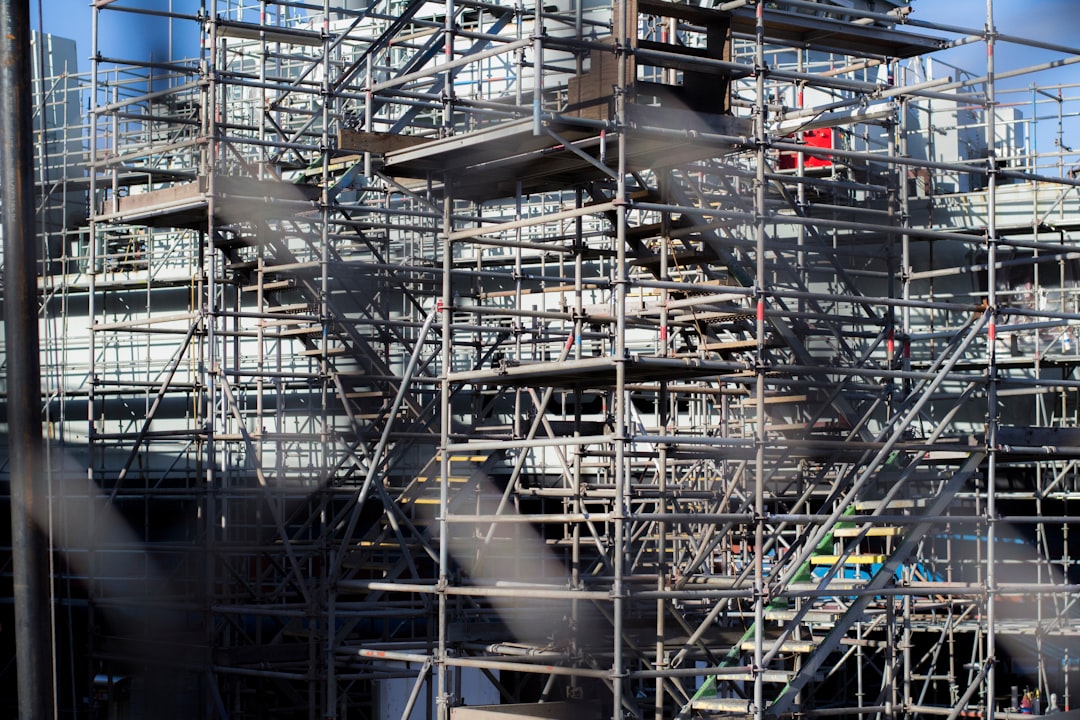Scaffolding is an indispensable part of any construction project, providing temporary support for workers and materials at heights. At the heart of most scaffolding systems lies a seemingly simple yet crucial component: the scaffolding pipe. This comprehensive guide delves into the world of scaffolding pipes, exploring their various types, applications, safety considerations, and the overall impact they have on construction efficiency and safety.
Types of Scaffolding Pipes Used in Construction
Scaffolding pipes are typically made from high-strength steel, chosen for its durability, resilience, and ability to withstand significant loads. However, not all scaffolding pipes are created equal. Several types exist, each suited to specific applications and load requirements. These include:
- Standard Scaffolding Pipes: These are the most common type, generally conforming to specific diameter and wall thickness standards to ensure structural integrity. They are used for the majority of scaffolding applications.
- Heavy-Duty Scaffolding Pipes: Designed for projects requiring greater load-bearing capacity, these pipes have thicker walls and are often used in industrial settings or for particularly tall or complex scaffolding structures.
- Galvanized Scaffolding Pipes: These pipes are coated with a layer of zinc to provide superior corrosion resistance, making them ideal for outdoor projects or environments with high humidity.
- Aluminum Scaffolding Pipes (Less Common): While less common than steel, aluminum scaffolding pipes offer a lighter alternative, making them easier to handle and transport. However, they may not be suitable for all applications due to lower load-bearing capacity.
Understanding the different types of scaffolding pipes is crucial for selecting the appropriate material for a given construction project, ensuring both safety and efficiency.
The Crucial Role of Scaffolding Pipes in Structural Integrity
Scaffolding pipes form the backbone of most scaffolding systems. Their strength and stability are paramount to ensuring the overall structural integrity of the scaffold. The carefully calculated arrangement of these pipes, coupled with appropriate fittings and bracing, creates a robust and safe working platform. Improper selection or placement of scaffolding pipes can lead to instability, potentially resulting in serious accidents. Factors such as pipe diameter, wall thickness, and the spacing between pipes are all critical considerations in designing a safe and stable scaffolding structure.
Regular inspections are essential to identify any potential damage or wear to the scaffolding pipes. Damaged or corroded pipes must be replaced immediately to prevent catastrophic failures. This is a crucial element of responsible scaffolding management and contributes significantly to worker safety on construction sites.
Safe Erection and Dismantling of Scaffolding Pipes
The erection and dismantling of scaffolding are inherently risky procedures. Proper training and adherence to safety protocols are essential to minimize the risks involved. Scaffolding pipes must be handled carefully to prevent damage or injury. Using appropriate lifting equipment and employing a systematic approach to assembly and disassembly are crucial. The use of safety harnesses and fall protection equipment is mandatory for workers involved in these processes. Furthermore, regular inspections during erection and dismantling are vital to ensure the scaffold remains stable and safe throughout the process.
Compliance with relevant safety regulations and standards is paramount. These regulations often specify requirements for scaffolding design, erection, and dismantling, including guidelines for the selection and use of scaffolding pipes.
Maintenance and Inspection of Scaffolding Pipes
Regular maintenance and inspection of scaffolding pipes are crucial for ensuring the longevity and safety of the scaffolding system. Regular visual inspections should be carried out to identify any signs of damage, corrosion, or wear. This includes checking for dents, bends, cracks, or rust. Any damaged pipes should be promptly replaced. A comprehensive inspection schedule should be implemented, with inspections conducted at regular intervals depending on the usage and environmental conditions. This proactive approach to maintenance significantly reduces the risk of accidents and ensures the continued structural integrity of the scaffolding.
Documentation of inspections is essential, providing a record of the scaffolding’s condition and any maintenance carried out. This documentation is valuable in case of accidents or incidents and can help to identify potential areas for improvement in scaffolding management practices.
Cost-Effectiveness and Efficiency with Scaffolding Pipes
While the initial investment in scaffolding pipes may seem significant, their reusability and durability contribute to long-term cost-effectiveness. Proper maintenance and storage can extend the lifespan of scaffolding pipes considerably, reducing the need for frequent replacements. The efficiency gained from using properly erected and maintained scaffolding significantly outweighs the initial investment. Scaffolding allows for safer and faster work practices, leading to increased productivity and reduced project timelines. Moreover, the reduced risk of accidents associated with well-maintained scaffolding results in lower insurance premiums and fewer work-related injuries, further contributing to overall cost savings.
Investing in high-quality scaffolding pipes and adhering to best practices for their use is a strategic decision that enhances safety, efficiency, and profitability in construction projects.
In conclusion, scaffolding pipes are far more than just simple tubes; they are the foundational elements of safe and efficient construction. Understanding their types, proper usage, maintenance, and safety protocols is crucial for ensuring the success and safety of any construction project.
Tags:
scaffolding pipes, construction safety, scaffolding erection, scaffolding maintenance, scaffolding inspection




